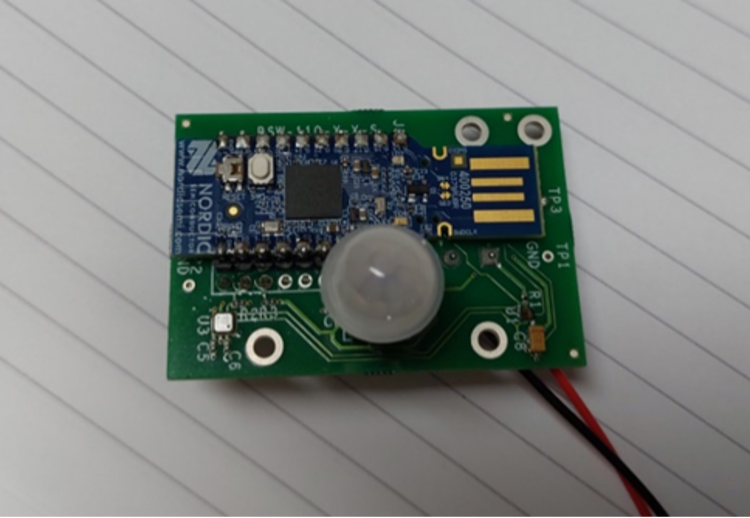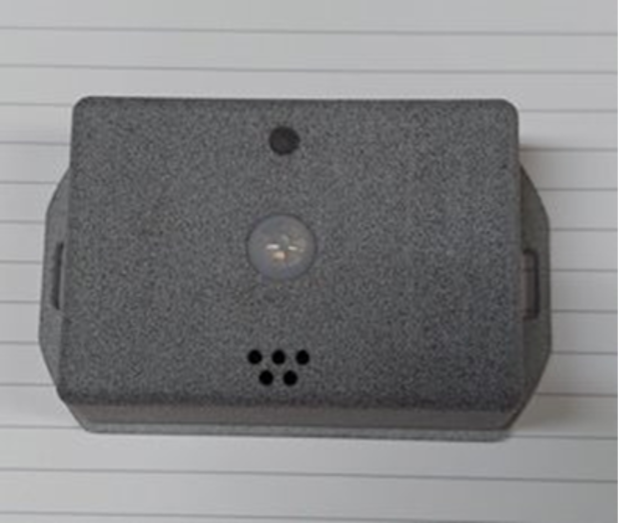Meeting the Challenges of the SYNERGIA IoT Endpoint Design
By Joshua Acanthe
To provide a realistic demonstration of SYNERGIA’s innovative security solutions for IoT networks, MAC Ltd developed a custom endpoint device that integrates several environmental sensors and wireless connectivity into a form factor representative of common IoT devices. Originally a bespoke endpoint was to be created with a circuit board that incorporated the nrf52840 radio-enabled microprocessor chip along with sensors to measure temperature, humidity, gas, light level and to detect movement for tamper detection.
We created a circuit schematic based on our prototype board containing the microcontroller connected to various sensing elements via an I2C bus, removing all unnecessary components.
From there we could create a physical printed circuit board layout to be manufactured by external suppliers. Ensuring that the mounting holes are correctly placed, and that the I2C bus is not too long on the physical board, are important considerations when converting a schematic to a board layout.
However, sourcing discrete nrf52840 chips rapidly was a significant challenge in the current semiconductor shortage. We met the challenge by amending the design to use nrf52840 dongles as these were readily available. This meant we had to be creative in our design approach to keep the size of the endpoint small whilst using the dongles, rather than just the microcontroller device itself. We decided that it was important to keep an element of flexibility, and we needed to maintain access to the USB port on the dongles to allow us to flash these devices with updated firmware. Therefore, in order to allow the removal of the dongle and access to the USB port, we soldered header pins that allowed us to keep the USB dongle at a minimal distance from the main board (see photograph).

Another challenge we encountered during the design process was that the original case design did not allow sufficient light to strike the light sensor, which meant there was not a significant difference between reported sensor values when the room light was on or off. In order to remedy this, we used LED light pipes to increase the light flow into the sensor. These pipes are usually used to magnify light emitted from LEDs. However, can also act as a lens focussing light from outside the case onto the light sensor inside. While not perfect, this was sufficient to reliably detect whether the external light in the room was on or off.

Having manufactured several of these IoT endpoint sensors as part of the SYNERGIA project, they are now being deployed in Future Space in Bristol to collect data to monitor energy usage, ventilation, and activity. They form an integral part of the formal demonstration of SYNERGIA’s innovations at Future Space Bristol on Monday 31st October 2022. www.futurespacebristol.co.uk
For more information contact Joshua Acanthe joshua.acanthe@macltd.com and register for the Final Demo at: https://www.eventbrite.co.uk/e/synergia-demonstration-event-tickets-402311162517